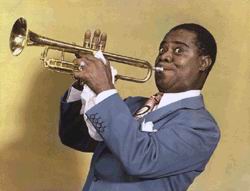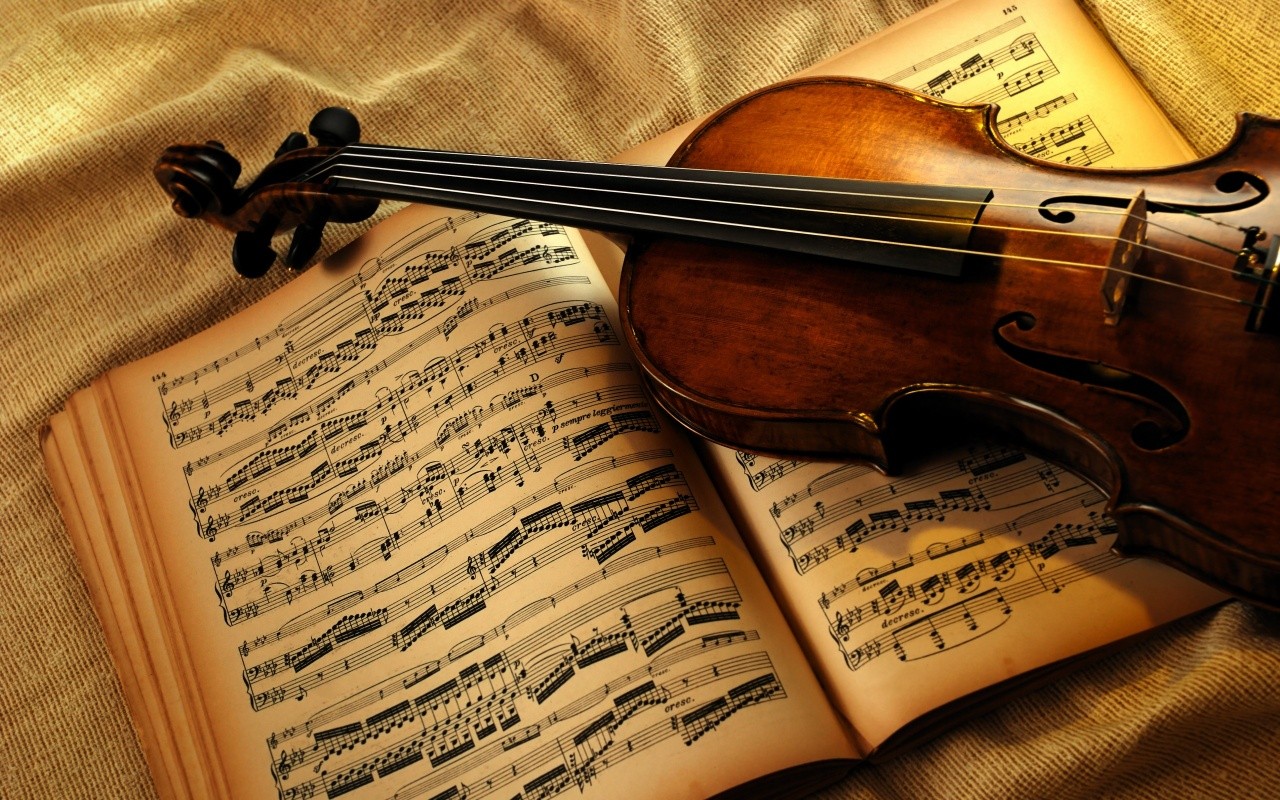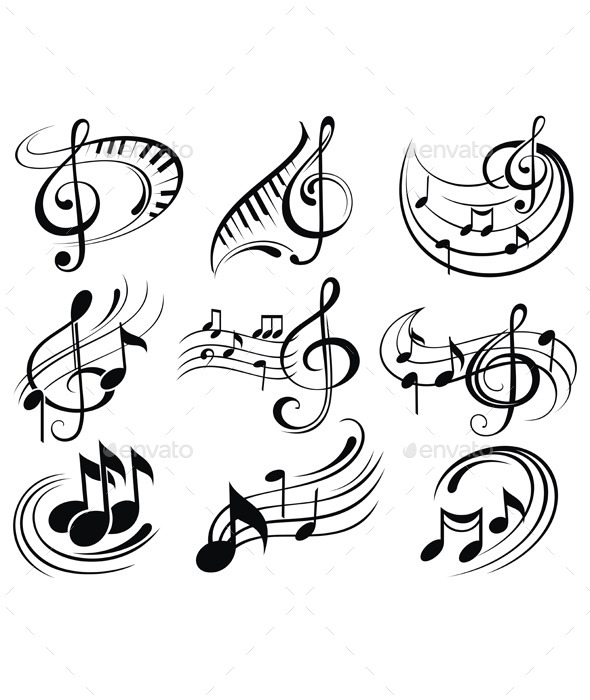About jazz
 Jazz is a form of musical art that emerged at the beginning of the 20th century in the United States as a result of the synthesis of African and European cultures and which subsequently became widespread. Improvisation, polyrhythm based on syncopated rhythms, and a unique set of techniques for performing a rhythmic texture – swing, are characteristic features of the musical language of jazz. The further development of jazz was due to the development of jazz musicians and composers of new rhythmic and harmonic patterns.
Jazz is a form of musical art that emerged at the beginning of the 20th century in the United States as a result of the synthesis of African and European cultures and which subsequently became widespread. Improvisation, polyrhythm based on syncopated rhythms, and a unique set of techniques for performing a rhythmic texture – swing, are characteristic features of the musical language of jazz. The further development of jazz was due to the development of jazz musicians and composers of new rhythmic and harmonic patterns.
The most important characteristics of jazz in the rhythm are, firstly, regular pulsation, the so-called “beat”, and secondly, deviations from this pulsation – “swing” (from English – “swing”, “swinging”). They originate in the traditions of African music. Swing is one of the expressive means of jazz. In addition to the special expressive role of rhythm, jazz inherited other features of African music: the interpretation of all instruments as percussion, rhythmic; the predominance of colloquial intonations in singing and the imitation of colloquial speech when playing instruments. Works performed by Negro musicians often took the form of alternating a very short solo motif — a call and a choral or instrumental response.
Jazz is an art based on improvisation in combination with a form of composition that was previously thought out but not necessarily recorded in notes. Several musicians can improvise at the same time, even if a soloing voice is clearly heard in the ensemble. The finished artistic image of the work depends on the interaction of the members of the ensemble with each other and with the audience. The early, New Orleans, stage of traditional jazz (approximately until the end of the 10s of the 20th century) is characterized by collective improvisation of several, usually three, variants of the same melody by a trumpet player (main voice), a clarinet player and a trombonist on the background of a marching accompaniment of copper bass and drums.
In the 20s. The main features of the future styles were found: a uniform ripple of the double bass and percussion, which contributed to the swing, virtuoso soloing, the manner of vocal improvisation without words with the help of individual syllables (“scat”). A significant place in the repertoire of traditional jazz took the blues. Later, both stages of early jazz — the New Orleans and the Chicago ones that followed — are combined by the term Dixieland. Attempts were made to use elements of jazz in large-scale works (the so-called symphagas). The most famous ballet “The Creation of the World” by D. Millau, “Rhapsody in Blues” by G. Gershwin, a number of symphonic jazz compositions by I. F. Stravinsky. Since the mid 50s. experiments on the combination of the principles of jazz and modern music again became widespread, already called “the third current”, also in Soviet music (“Concerto for an orchestra” by A. Ya. Eshpai, “Concert for jazz” MM Kazhlaeva, 2- Concerto for piano and orchestra R. C. Shchedrin, 1st symphony A. G. Schnittke).
In the late 20s – early 30s. there was a harmonious system, which received the name of the style “swing” and later acquired the value of jazz classics. For swing, it is characteristic, first of all, the emergence of a new type of orchestra – a big band. With the increase in the orchestra, they had to abandon collective improvisation and move on to performing the arrangements recorded on the notes. The arrangement became one of the first manifestations of the composer’s beginning in jazz: it limited improvisation, for which free windows were provided for in the score.
The big band consists of three groups of instruments – sections, each can sound like one polyphonic instrument: sections of saxophones (later with clarinets), “copper” section (trumpets and trombones), rhythmic section (piano, guitar, double bass, drums).
Secondly, a solo improvisation based on the “square” (“chorus”) appeared. “Square” is one variation equal in duration (number of measures) to a theme and performed against the background of the same chord accompaniment as the theme to which the improviser adjusts new melodic turns. In the 30s – 40s. along with the blues, the song form of 32 bars became popular. Thirdly, in the swing “riff” is widely used – a two to four clock rhythmically flexible replica. The orchestra performs it while the soloist improvises. And finally, fourth, the swinging four-sided ripple, in which the even fractions of a beat are accentuated in some way. The first jazz big bands include the orchestras of F. Hender-son, C. Basie, B. Goodman, G. Miller, and D. Ellington. The latter is already in the 40s. He turned to large cyclical forms based on Negro and Latin American folklore, as well as to the genre of concert miniatures. In the late 30s. most American swing orchestras (their repertoire almost supplanted other types of pop and entertainment music) switched to commercial music. Therefore, among the jazz lovers and musicians, there was even a movement for the revival of earlier, truly jazz styles ..


